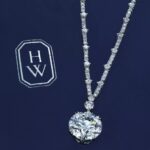Today, let’s explore the jewelry owned by fashion-forward aristocrats and royalty over the past few centuries.
Significant jewels have long been symbols of power and status, as well as creative tools for self-expression. For centuries, an understanding of fashion, coupled with an innate sense of style, has been characteristic of those in high positions, allowing them to showcase various aspects of themselves long before smartphones and social media.
As a result, aristocratic, royal, and noble jewels appearing at auctions serve as time capsules of fashion. They not only reveal the wearer’s taste but also unveil the colors, silhouettes, and patterns of cutting-edge designs at specific moments in time.
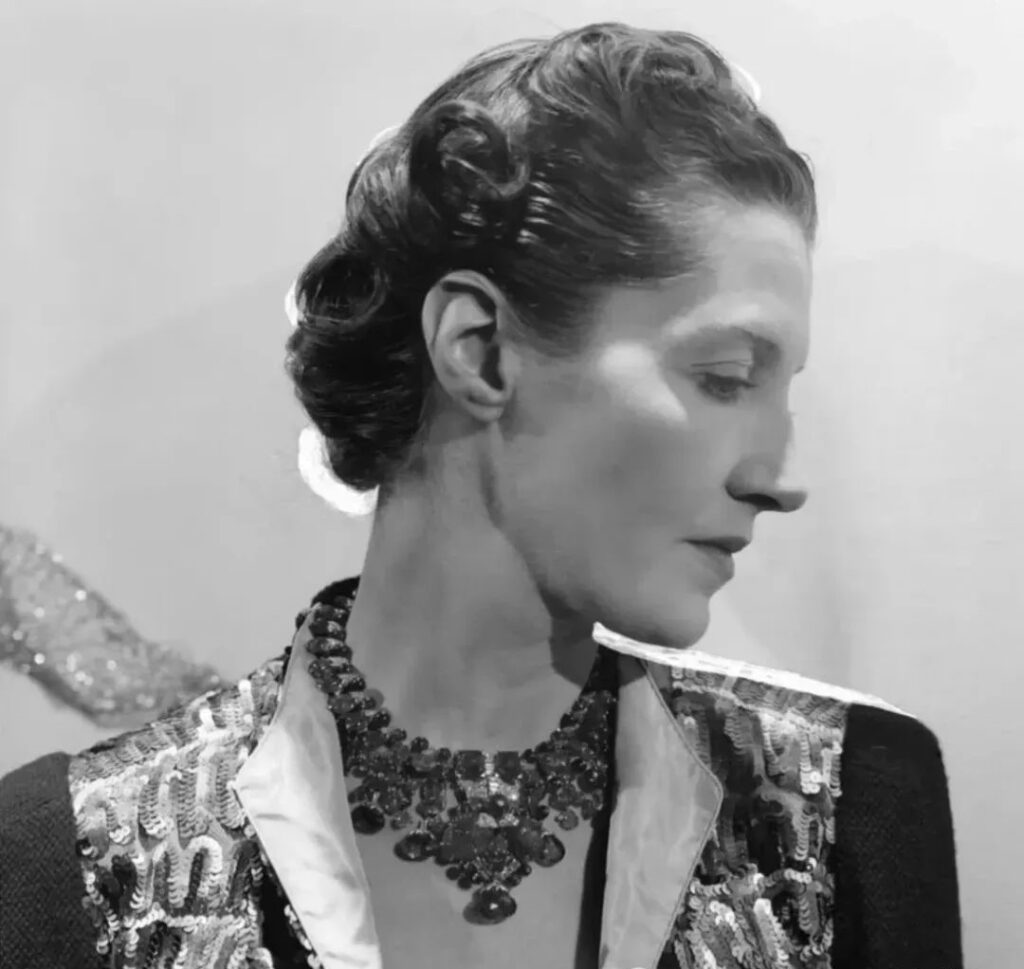
Emerald and diamond by Cartier
Historically, style and status have been closely intertwined. Social connections and immense wealth facilitated the acquisition of renowned jewels, often featuring important gemstones. The heirlooms owned by the Duchess of Windsor, Wallace Simpson (1896-1986), exemplify the fusion of high society and haute couture.
For instance, her engagement ring, purchased from Cartier in 1936, boasted a 19.77-carat emerald that once belonged to a Mughal emperor. In 1987, Sotheby’s Geneva auction of the Duchess of Windsor’s 20th-century treasures captured public attention, highlighting her exquisite taste in jewelry collecting.
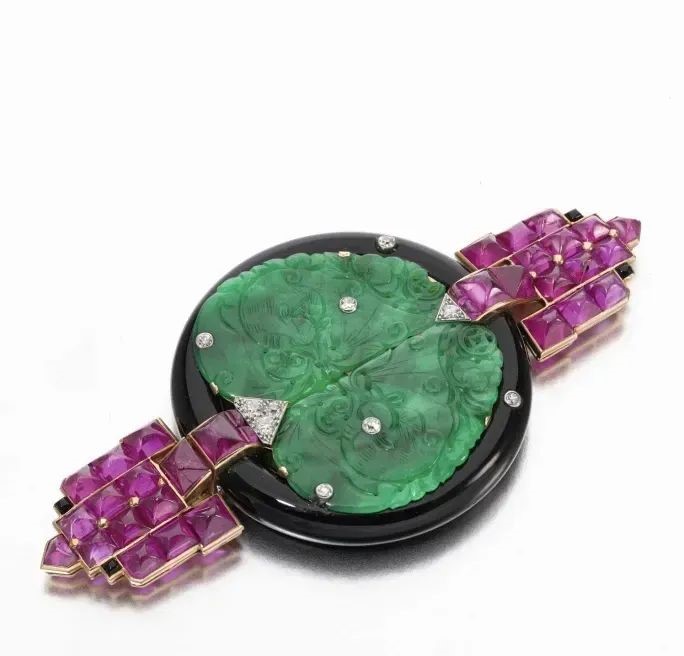
Daisy Fellowes and the “Tutti Frutti” Collection
The first half of the 20th century was a prolific period for jewelry, with aristocracy and emerging international brands intermingling. While the Duchess of Windsor was loyal to Van Cleef & Arpels and Cartier, so was Daisy Fellowes (1890-1962), a natural aristocrat and fashionista. She was a renowned socialite, fashion icon, editor of Harper’s Bazaar in Paris, as well as the daughter of a duke, niece of a princess, and heiress to the Singer sewing machine fortune.
Her first marriage into a French noble family solidified her position in high society. In the 1930s, she fell in love with the Indian style, particularly Cartier’s “Tutti Frutti” collection, which featured carved emeralds, sapphires, and rubies. That decade, she commissioned the French house to create the Collier Hindou, crafted from her own extensive collection of carved gemstones and diamonds, possibly the most spectacular Tutti Frutti jewel ever made.
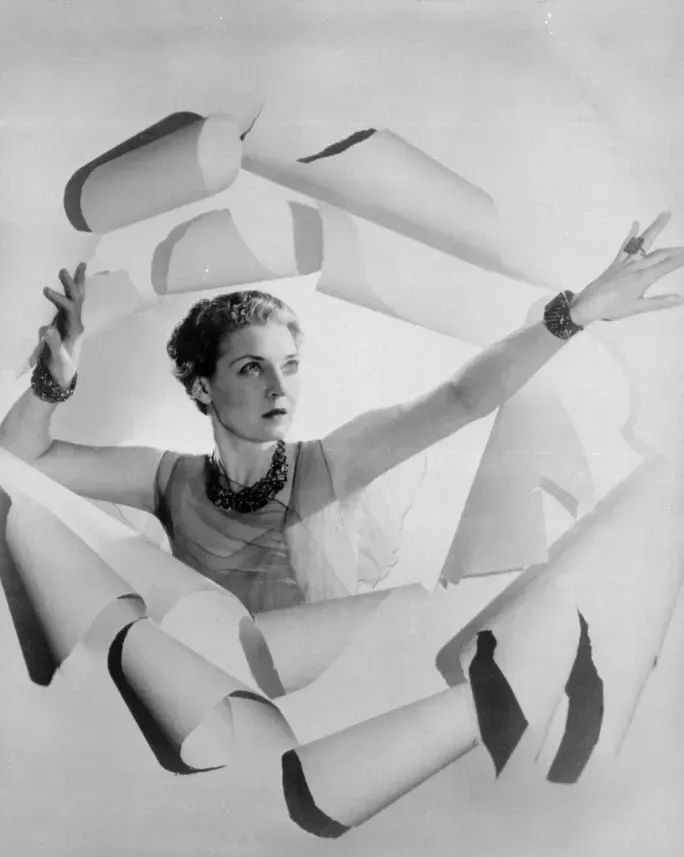
Contemporary with Wallace Simpson and Daisy Fellowes was Mona Strader, later known as Mona von Bismarck or simply Mona Bismarck (1897-1983), an American-born socialite who married into European nobility. In 1933, she was declared “the best-dressed woman in the world” by Paris couturiers, particularly Chanel, Lelong, and Lanvin.
To solidify this title, she also built an impressive collection of fine jewelry. To keep up with trends, she often had her jewels remade to reflect the latest styles, so few of her Art Deco pieces survive. A rare surviving Cartier jade, chalcedony, ruby, and diamond pendant brooch (circa 1925) was auctioned by Sotheby’s in May 2017.
From Fashion Magazines to European High Society
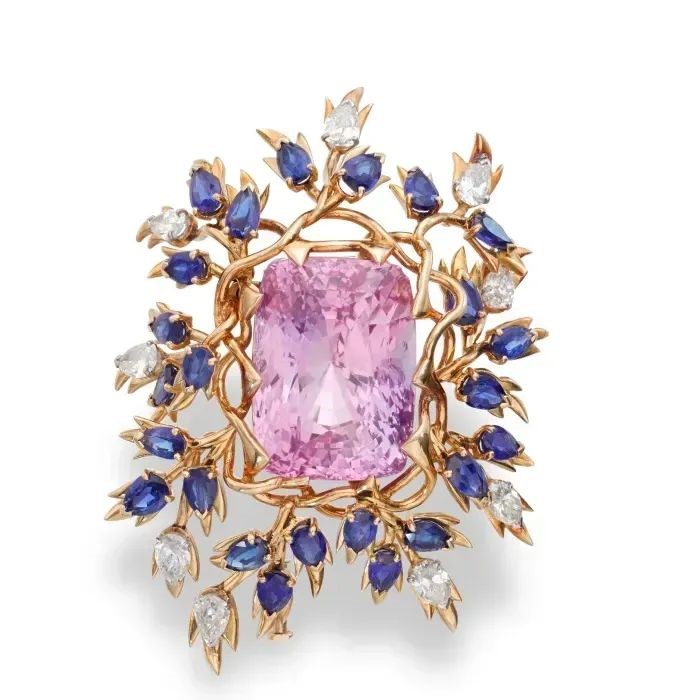
Two decades later, in the 1950s, another fashion icon entered aristocratic circles. British model Fiona Frances Elaine Campbell-Walter (1932-), born in New Zealand, married Baron Hans Heinrich Thyssen-Bornemisza (1921-2002) in 1956 on the shores of Lake Lugano. During their nine-year marriage, he gifted her many breathtaking jewels, including a significant 92.01-carat cushion-cut pink Ceylon sapphire.
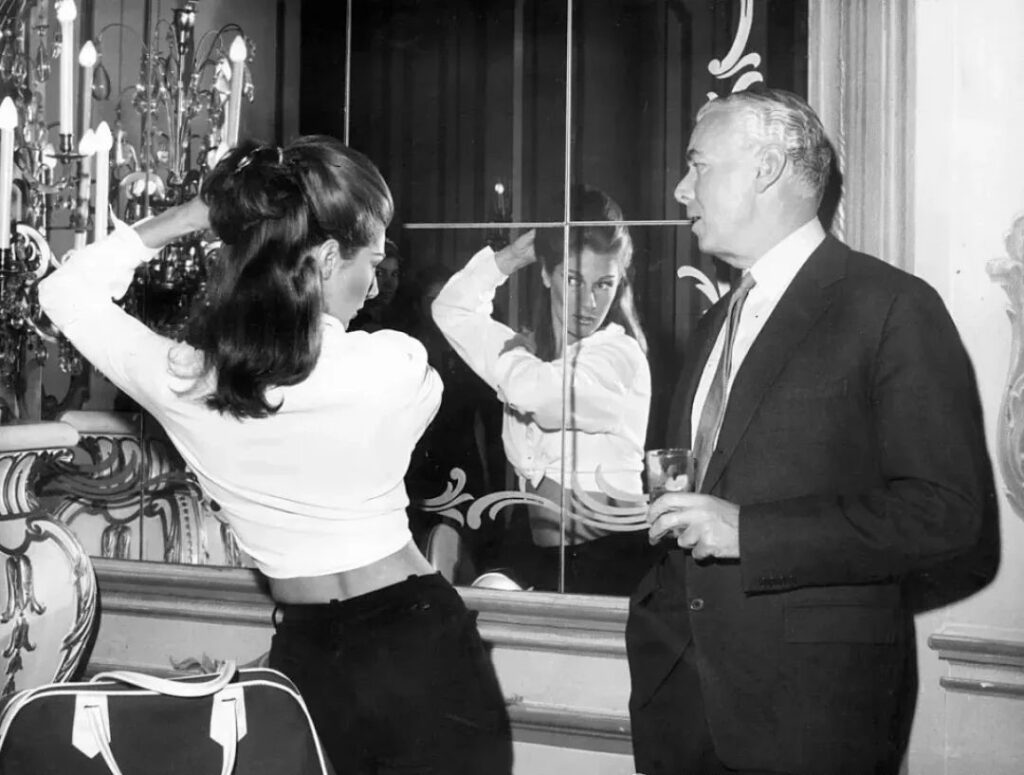
As a well-connected fashion icon, the newly minted Baroness Fiona Thyssen-Bornemisza turned to her friend, legendary Tiffany & Co. designer Jean Schlumberger, to set the sapphire in a brooch. This piece, auctioned by Sotheby’s in 2022, features the pink corundum surrounded by twisted gold branches adorned with pear-shaped sapphire and diamond leaves.
Tiaras as Fashion Statements
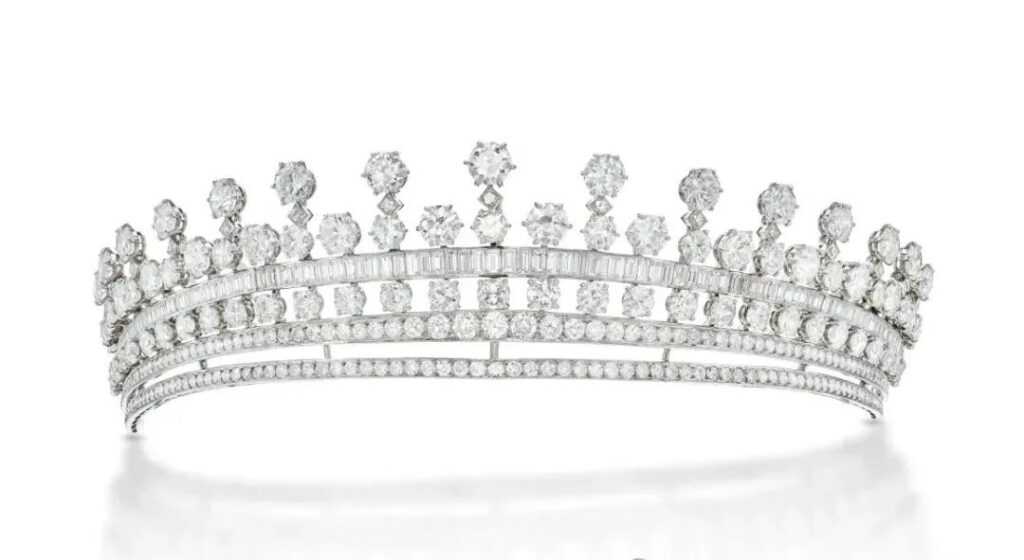
The 1950s and 60s also saw the rise of another English-Irish fashion model, Anne Gunning Parker (1929-1990), who graced the cover of LIFE magazine in 1953 and married British diplomat Sir Harold Anthony Nutting, 3rd Baronet Tiverton (1920-1999) in 1961.
One of her most important jewels was an elegant diamond tiara by Chaumet (circa 1960), set with baguette and old cushion-cut diamonds, which will be offered in the upcoming Magnificent Jewels and Noble Jewels auction in May 2024.
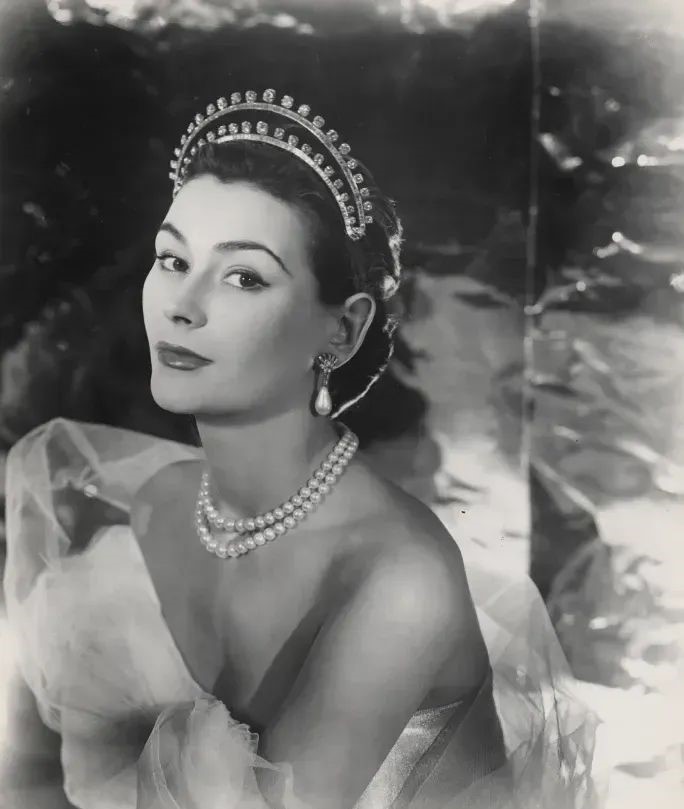
For these 20th-century fashion icons, the worlds of high jewelry, celebrity, and nobility were inevitably intertwined. Fiona Thyssen-Bornemisza and Jean Shrimpton attended the same finishing school and modeling agency. She was a favorite of fashion photographer Cecil Beaton, who also considered Mona Bismarck a lifelong friend and photographic subject.
Beaton’s contemporary, photographer Norman Parkinson, extensively collaborated with Lady Anne Nutting, particularly during Vogue magazine’s fashion shoots in India—a place of artistic significance for Daisy Fellowes.
The latter was said to be an inspiration for Coco Chanel, who formed a deep friendship with the last Duke of Verdura, Fulco di Verdura, founder of the eponymous brand. He infused his Italian aristocratic flair into iconic creations, especially the Maltese Cross cuffs.
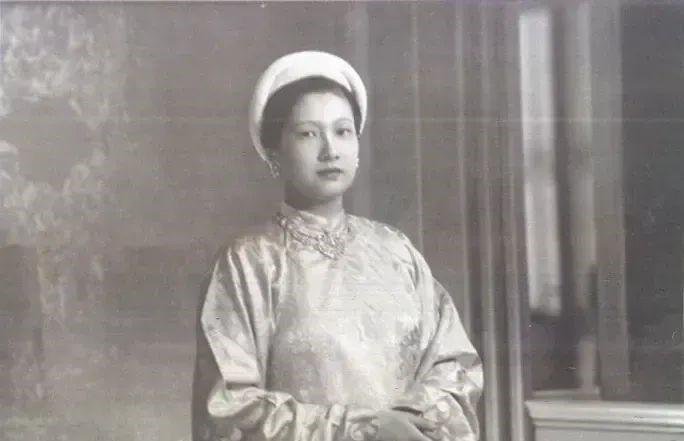
However, as past and present Magnificent Jewels and Noble Jewels auctions have shown, the connection between nobility and style was not limited to Europeans. A pair of distinctively cut diamond ear clips by René Boivin (circa 1951) came from the collection of Empress Nam Phuong of Vietnam (1914-1963), who, like her husband Emperor Bao Dai (1913-1997), was educated in France.
Together, they sought to combine elements of traditional dress with French haute couture and fine jewelry, particularly from René Boivin and Boucheron. Another significant example can be traced to Maharani Gayatri Devi, Rajamata of Jaipur (1919-2009), whose personal jewels included a special natural pearl and diamond necklace (circa 1920).
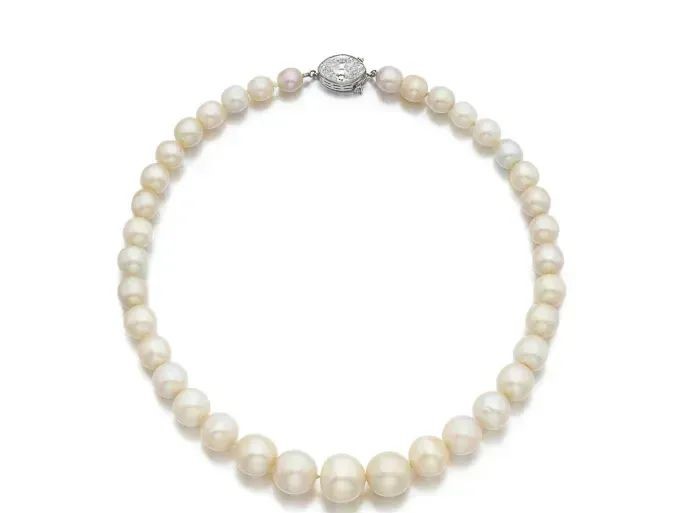
From Socialite to Lady
Gayatri Devi was born in Cooch Behar and was the granddaughter of the Maharaja of Baroda. In 1940, she married Man Singh II of Jaipur. After India’s independence in 1947, she engaged in public service and political work. It can be said that even before the early 20th century, fashionable aristocrats were already enjoying the allure of jewelry.
Countess Eliza Krasinska, née Branicka (1820-1876), a noblewoman of Polish descent, once owned a 2.47-carat rare old mine-cut fancy yellow-green diamond, now set in the center of a JAR ring. This diamond was given to her by her husband, Count Zygmunt Krasinski (1812-1859), as an engagement ring along with two diamonds.
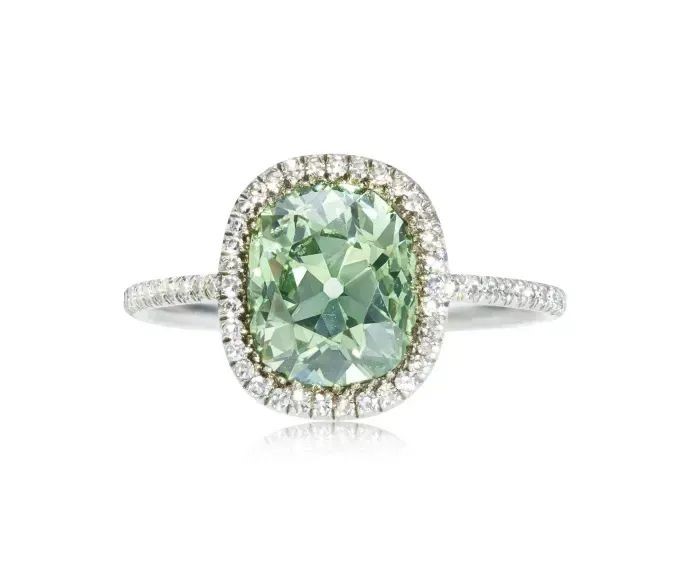
Another historically significant piece is a 30.70-carat octagonal emerald and old cushion-cut diamond brooch from the late 19th century, which can be traced back to the collection of the respected Parisian socialite Esther Lachmann, later known as Countess Henckel von Donnersmarck (1819-1884).
In 1850, she married the Marquis of Païva-Araujo, earning the nickname La Païva, and later married Count Guido Henckel von Donnersmarck (1830-1916) in the early 1870s. La Païva was known for her passion for rare gemstones and became one of Frédéric Boucheron’s most loyal clients, who likely created this famous emerald brooch.
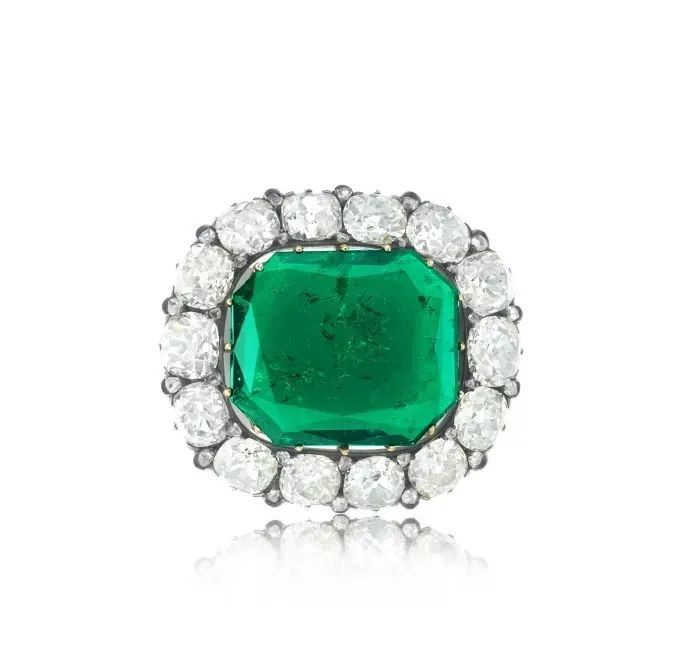
Nobles typically had easier access to priceless jewels, whether inherited, gifted, or purchased. Like the distinguished women mentioned here, these pieces tell a story of personal style, the latest fashions, and coveted trends of a particular moment. Today, it is precisely their history that inspires a new generation of collectors.
Royal Bling: A Dazzling Journey Through Aristocratic Jewels and Self-Expression
Tweet
